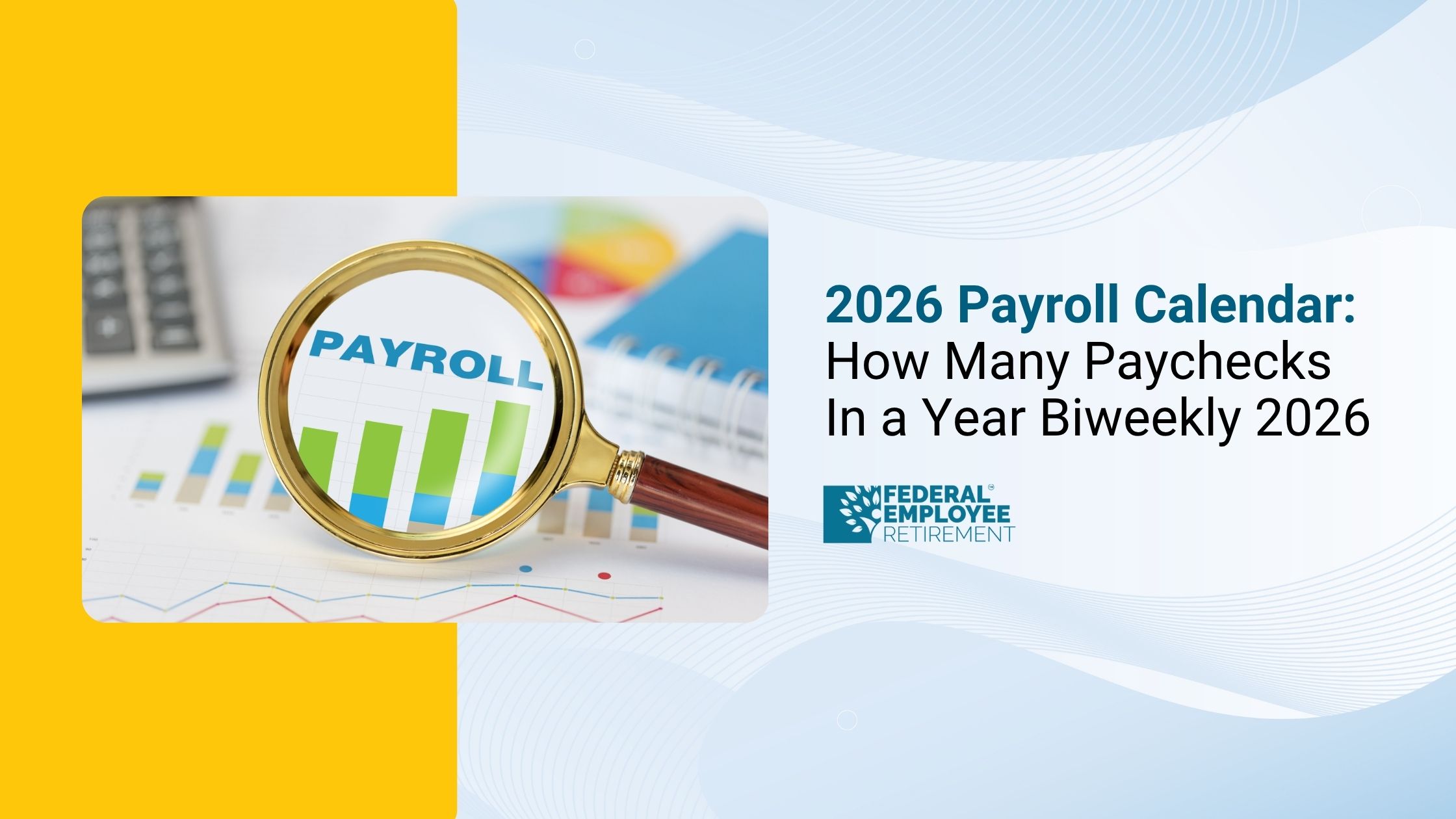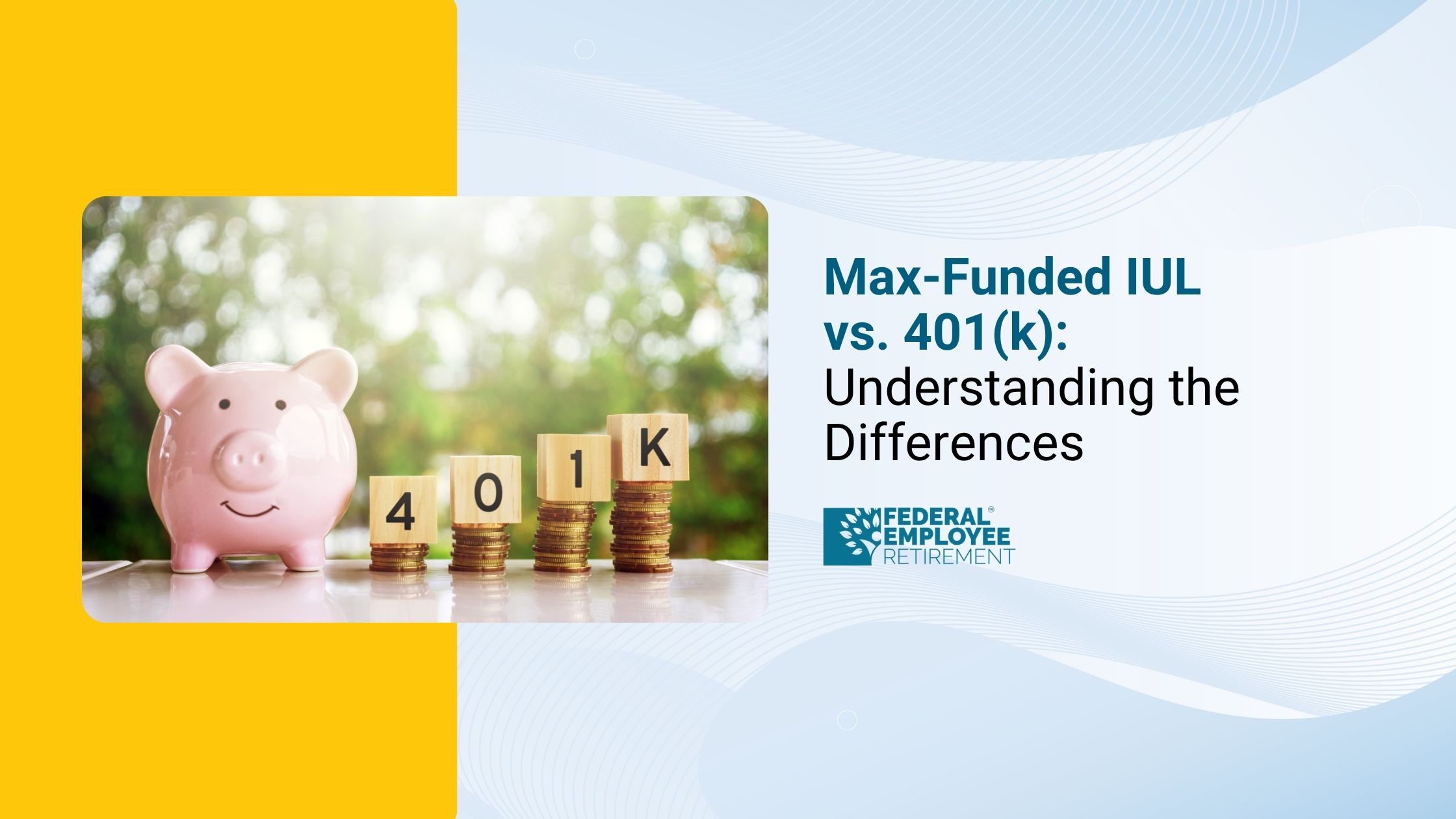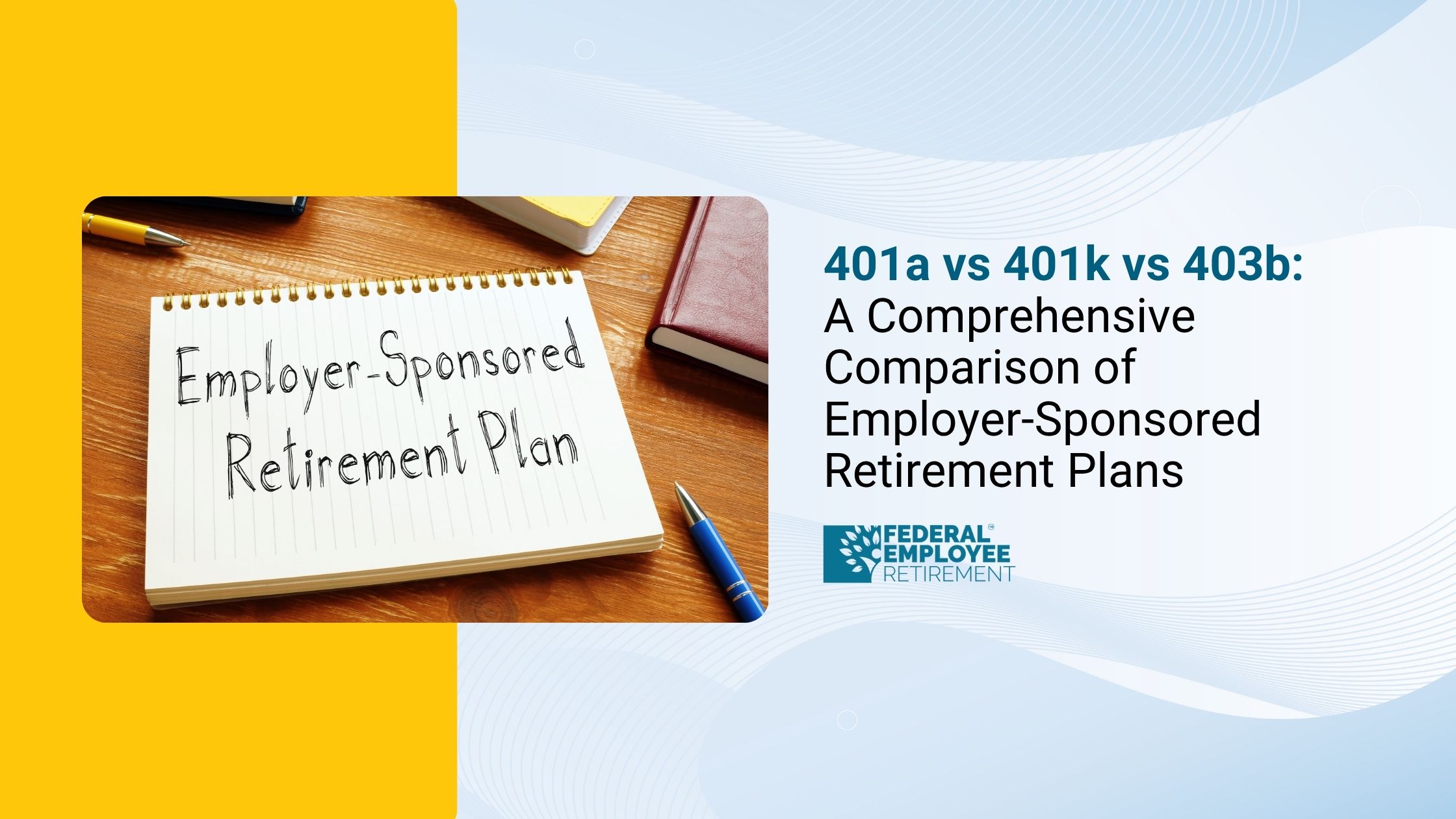You’re not alone; 4,359 federal employees booked their free review.

2026 Payroll Calendar: How Many Paychecks In a Year Biweekly 2026
A payroll calendar is essential for companies to budget effectively and manage yearly compensation expenses. Understanding how many pay periods occur each year whether you pay employees weekly, biweekly, semimonthly, or monthly helps ensure smooth payroll operations, accurate budgeting, and consistent employee experience.
In the U.S., payroll teams should also account for federal holidays when banks are closed, as these can shift or delay standard pay dates. Planning around those dates helps you maintain a dependable payroll process all year long.
For this guide, we’re assuming your company pays employees on Fridays.
If you pay on another weekday, your 2026 payroll frequencies may vary slightly.
Payroll Frequencies for 2026
The number of pay periods in 2026 depends entirely on your pay frequency. Each payroll schedule carries its own advantages and considerations for both employers and employees.
Note: Some calendars may vary depending on your first 2026 payday or holiday adjustments.
Planning payroll for 2026?
Download our free 2026 Payroll Calendar pre-marked with holidays, pay periods, and processing reminders to keep your year running smoothly.
If Paid Biweekly How Many Paychecks in a Year
If you’re paid biweekly, you usually receive 26 paychecks per year, since there are 52 weeks in a year and you’re paid every two weeks (52 ÷ 2 = 26).
However, some years may include 27 pay periods, depending on how the calendar falls this happens when you receive three paychecks in one month instead of the usual two.
To estimate your biweekly gross pay, simply divide your annual salary by 26.
How Many Paychecks Are in a Year Biweekly
If you’re paid biweekly, you typically receive 26 paychecks per year, since you’re paid every two weeks. However, some years may include 27 paychecks. This happens when the first payday of the year falls on a specific date that causes three paydays in one month instead of two.
Standard year: There are 52 weeks in a year, and dividing that by two weeks per pay period results in 26 pay periods (52 ÷ 2 = 26).
Years with 27 paychecks: Occasionally, the calendar aligns so that an extra payday fits within the year. For example, in 2026, employees paid biweekly will receive 27 paychecks.
Calculating gross pay: To find your gross biweekly pay, divide your annual salary by 26 (or 27, depending on the year).
For example, if you earn $52,000 per year, your biweekly paycheck would be about $2,000 ($52,000 ÷ 26 = $2,000).
Also read - how many paychecks in a year 2024
What Is a Payroll Calendar?
A payroll calendar is the master schedule that outlines your company’s pay periods and corresponding pay dates for the entire year. Beyond listing paydays, a well-structured calendar also includes:
- Pay period start and end dates
- Timesheet deadlines for employees and managers
- Processing cutoffs for HR or benefits changes
- Funding dates for direct deposits or check runs
- Bank holidays and early processing adjustments
- The workdays covered by each paycheck
Creating this calendar before the new year helps you:
- Budget accurately for wages, taxes, and benefits
- Avoid payroll delays and errors
- Comply with state pay frequency laws and labor regulations
- Communicate expectations clearly to employees
Weekly Payroll Calendar
A weekly payroll schedule means employees are paid every week typically on Fridays.
This results in 52 pay periods in 2026, though the exact count can shift slightly depending on your first and last payroll run.
Advantages:
- Ideal for hourly or nonexempt workers
- Easier to manage overtime and shift tracking
- Builds employee satisfaction with frequent paychecks
Considerations:
- Higher administrative workload and processing costs
- More frequent cash flow requirements
In 2026, weekly pay schedules will include five-payday months in January, May, July, and October.
Flag these months early to prepare for additional payroll funding and reporting needs.

Biweekly Payroll Calendar
A biweekly payroll schedule pays employees every other week 26 times per year on average.
In 2026, most companies paying biweekly on Fridays will have 26 pay periods.
If your first payday falls on Friday, January 2, 2026, your last will be Friday, December 25, 2026 (Christmas Day).
Will 2026 Have 26 or 27 Biweekly Pay Periods?
Good news for payroll budgeting 2026 will have 26 biweekly pay periods for nearly all employers.
Whether your first payday is January 2 or January 9, your year will still total 26 cycles.
That means no 27th-paycheck anomaly this time around keeping salary calculations, deductions, and benefits deductions straightforward.
Watch for:
- Three-paycheck months (depending on your pay start date).
These months require attention to:
- Cash flow for the additional run
- Benefit deductions (spread across 26 checks or skip one deduction)
- Communication so employees understand when “extra” paychecks occur
- Cash flow for the additional run
Semimonthly Payroll Calendar
A semimonthly payroll pays employees twice per month often on the 15th and the last day of the month.
Advantages:
- Predictable monthly structure
- Simple alignment with benefits and deductions
- Common for salaried or exempt employees
Adjustments may be required when a payday falls on a weekend or holiday.
For example, if the 15th or 30th lands on a Saturday, you’ll typically pay on the prior business day.
Monthly Payroll Calendar
A monthly payroll schedule provides 12 paychecks each year typically on the last business day of each month.
Advantages:
- Simplified processing
- Ideal for executives or salaried leadership roles
Considerations:
- Employees must budget for longer gaps between paydays
- Employers must coordinate timing for taxes, benefits, and end-of-month reporting
Your monthly payroll calendar for 2026 should account for holiday-related adjustments and ensure sufficient processing time before month-end closures.
Federal Holidays Affecting Paydays in 2026
Because many businesses pay on Fridays, it’s important to anticipate how holidays will impact payroll operations.
In 2026, these federal holidays fall on a Friday:
- Juneteenth — June 19, 2026
- Independence Day (observed) — July 3, 2026
- Christmas Day — December 25, 2026
When paydays fall on bank holidays, most employers run payroll one business day earlier to ensure employees receive wages on time.
Pro Tip:
Communicate schedule changes well in advance and update your payroll calendar accordingly.
Three-Paycheck and Five-Payday Months in 2026
Depending on your payroll frequency:
- Weekly pay schedules will see five Fridays (paydays) in January, May, July, and October.
- Biweekly schedules may see three paydays in certain months, depending on when your first Friday payday falls.
These months don’t affect salaried employees’ annual compensation but do require additional planning for:
- Cash flow (extra payroll funding)
- Benefit deductions
Budget forecasting
Year-End Payroll Considerations: December 2026 → January 2027
The final weeks of the year are a critical time for payroll accuracy and compliance.
If your final 2026 payday falls on Friday, December 25 (Christmas), many companies will process payroll a day early Thursday, December 24.
Your next regular payday would then be Friday, January 8, 2027.
Keep these key points in mind:
- W-2 Reporting: Wages are reported in the tax year they’re paid not when earned.
- Benefit & Contribution Limits: Verify that retirement, FSA, and other pre-tax deductions align with 2026 limits.
- Bonus Payments: Decide whether to process bonuses in December 2026 or January 2027 to ensure correct tax-year reporting.
- Holiday Scheduling: Plan early for time-off requests that overlap payroll deadlines.
Compliance and State Law Reminder
Before finalizing your 2026 payroll schedule, confirm compliance with:
- State pay frequency requirements
- Industry-specific rules for nonexempt employees
- Local holiday or banking laws affecting payroll processing
Some states restrict monthly pay for hourly workers, requiring semimonthly or biweekly payments instead.
Planning Tips for a Smooth Payroll Year
Building your 2026 payroll calendar early allows you to:
- Identify holiday conflicts
- Schedule processing and approval cutoffs
- Align benefit deduction cycles
- Prepare for three-paycheck or five-Friday months
- Ensure your payroll provider has adequate processing lead time
Publish your final calendar internally and share with HR, accounting, and employees for maximum transparency.
Simplify Your Pay and Pension Planning with Expert Guidance

Understanding your pay schedule is just one piece of your long-term financial puzzle. Whether you’re a federal employee, retiree, or nearing retirement, aligning your payroll frequency with your benefits, taxes, and pension contributions can make a big difference in your overall financial strategy.
At Federal Pension Advisors, we specialize in helping federal employees make the most of their pay, benefits, and retirement options from FERS and CSRS pension calculations to Social Security coordination, TSP optimization, and retirement income planning.
Book a free consultation today and discover how to turn your payroll and pension timeline into a powerful retirement plan.
Final Takeaway
If you’re paid biweekly, you’ll receive 26 paychecks in 2026.
For weekly pay schedules, there will be 52 and for semimonthly, 24.
A clear, accurate payroll calendar helps you:
- Track pay dates, processing cutoffs, and compliance milestones
- Minimize errors and surprises
- Maintain consistent employee trust throughout the year
Whether you’re managing payroll for a team of 10 or 10,000, advance planning is the best way to ensure your business and your people stay on schedule.
FAQs
1. How many paychecks will there be in 2026 for a biweekly pay schedule?
Most employees paid biweekly will receive 26 paychecks in 2026. However, if your company’s first payday of the year falls on Friday, January 2, 2026, your pay schedule will include 27 paychecks.
2. Why do some years have 27 pay periods?
A year has 365 days, and a biweekly pay cycle covers 14 days.
When you divide 365 by 14, you get about 26.07 pay periods.
That extra fraction of a week accumulates over time, resulting in a 27th paycheck roughly every 11–14 years, depending on your company’s pay calendar.
3. Which months in 2026 will have three paychecks?
For most biweekly schedules, the months with three paychecks in 2026 will be:
- January
- May
- July
- October
This occurs when the paydays fall on Fridays such as January 2, May 1, July 3, and October 2, creating months with three biweekly paydays instead of two.
4. How does a 27-paycheck year affect salaried employees?
In a 27-pay-period year, employers may:
- Divide your annual salary by 27 instead of 26, resulting in slightly smaller paychecks, or
- Keep your regular paycheck amount and issue one “extra” paycheck, often without benefit deductions.
Employers usually notify employees of this adjustment in advance.
5. How can I check if I’ll get 27 paychecks in 2026?
Check your company’s first payday of the year:
- If it’s January 2, 2026, you’ll likely receive 27 paychecks.
- If it’s later in January (e.g., January 9 or 16), you’ll have 26 paychecks for the year.
You can confirm by reviewing your HR or payroll calendar.
Disclaimer
The information provided in this article is for general informational and educational purposes only and should not be construed as legal, tax, or financial advice. Payroll schedules, pay frequencies, and compliance requirements may vary by state, industry, or employer policy.
Before finalizing your payroll calendar or making pay frequency decisions, you should consult with your organization’s legal counsel, tax advisor, or payroll provider to ensure compliance with applicable federal, state, and local regulations.
Content References
- U.S. Department of Labor (DOL) – Wage and Hour Division: Pay Frequency Requirements
https://www.dol.gov/agencies/whd - Bureau of Labor Statistics (BLS) – Characteristics of Pay Frequency in Private Industry
https://www.bls.gov - Office of Personnel Management (OPM) – Federal Payroll and Leave Calendar
https://www.opm.gov - Internal Revenue Service (IRS) – Publication 15 (Circular E): Employer’s Tax Guide
https://www.irs.gov/publications/p15 - U.S. Federal Reserve System – List of Federal Holidays
https://www.federalreserve.gov/aboutthefed/k8.htm - Society for Human Resource Management (SHRM) – Payroll Compliance Calendar Resources
https://www.shrm.org


Get Updated
Subscribe to our weekly updates for the latest on retirement planning, federal benefits, exclusive webinars, and more!
Download Federal Retirement: Step-by-step Checklist
This comprehensive guide will help you understand your federal benefits, optimize your savings, and plan for a comfortable future.



.png)







